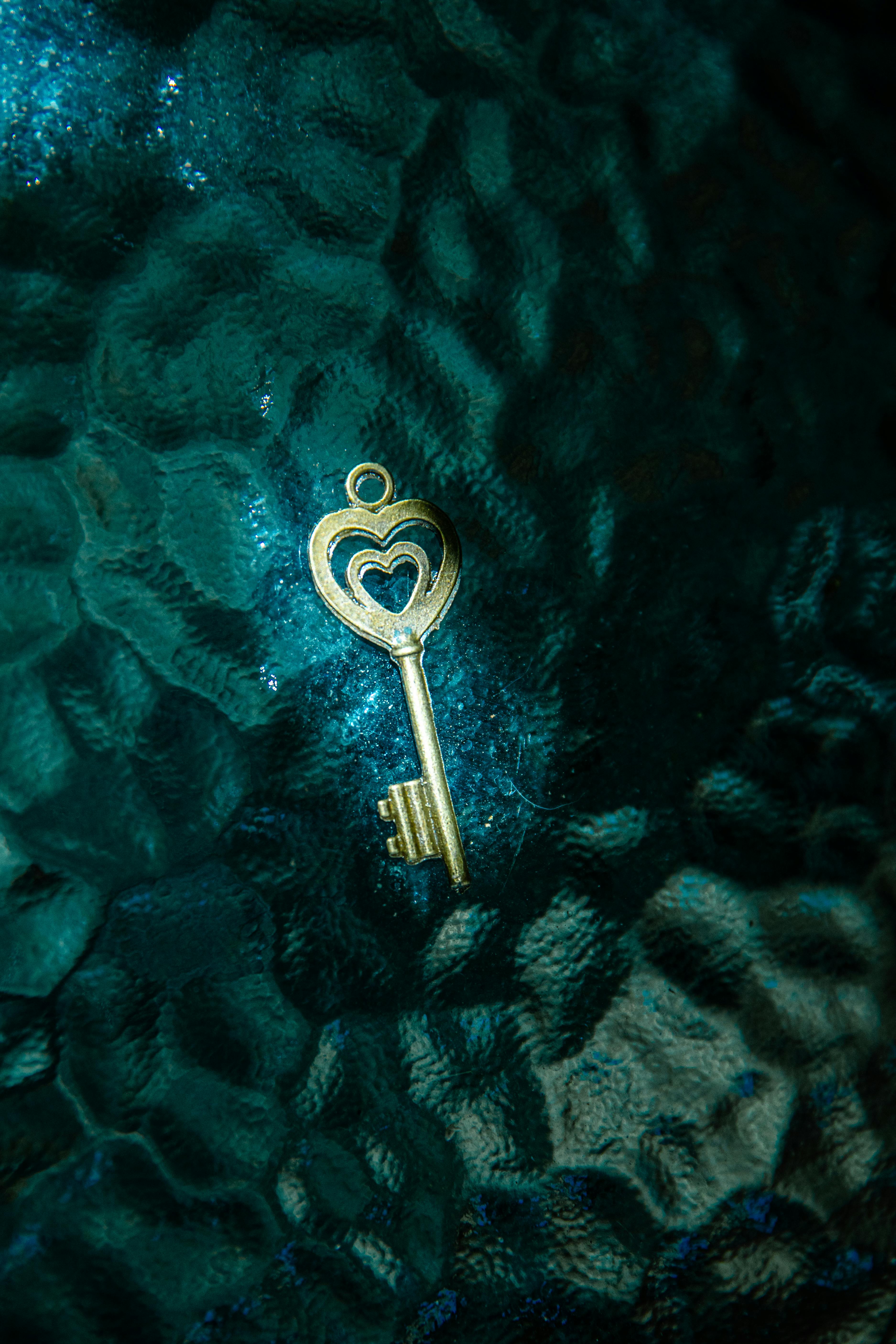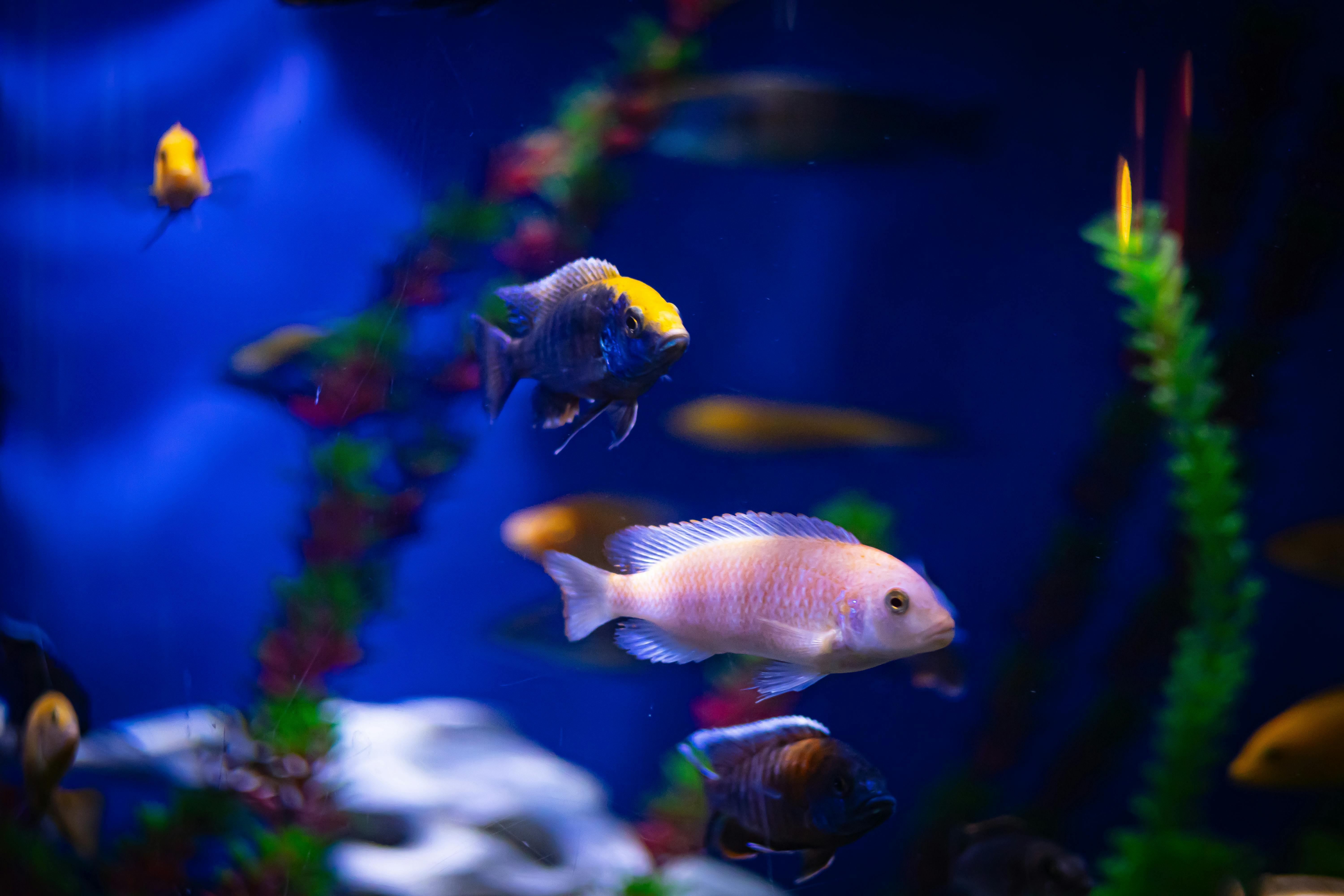Effective Ways to Care for Your Winter White Dwarf Hamster in 2025
Winter white dwarf hamsters are charming and affectionate pets, making them popular choices for families. Known for their small size and delightful personalities, these little creatures require specific care to thrive. In 2025, understanding the unique needs of winter white dwarf hamsters is crucial for any pet owner. This article provides an in-depth look at winter white dwarf hamster care, including their diet, habitat requirements, socialization, and grooming needs.
As you navigate the responsibilities of hamster ownership, you'll discover the numerous benefits of having these gentle creatures in your home. This guide will cover vital topics such as the characteristics of winter white dwarf hamsters, their temperament, and practical advice for training and bonding. Also, expect a roadmap that highlights key takeaways to ensure a happy and healthy life for your pet.

Essential Guide to Winter White Dwarf Hamster Characteristics
Understanding your pet's unique characteristics is the first step in providing effective care. Winter white dwarf hamsters are known for their playful and curious nature. They typically grow to be about 3 to 4 inches in length, with a weight range of 1.5 to 2.5 ounces. Their remarkable adaptability to various living conditions makes them ideal pets for families.
Distinctive Physical Features
The winter white dwarf hamster features a plush coat that can change color with the seasons. The fur is predominantly white during the winter months and can transition to shades of gray or brown in warmer seasons. This seasonal change not only showcases their unique genetic traits but also provides natural camouflage in the wild.
Common Behavior Patterns
Winter white dwarf hamsters exhibit a variety of behaviors that are essential to understand for effective care. They are generally nocturnal, which means they are most active at night. This makes them fun pets to watch during evening hours. Additionally, they tend to be social animals and may require extra attention if kept alone, which could lead to issues with loneliness.
Social Dynamics with Other Pets
When considering pet integration, it's essential to recognize the social behavior of winter white dwarf hamsters. They can coexist peacefully with other dwarfs, especially if introduced at a young age. However, introducing new hamsters should be done carefully to avoid territorial conflicts.
Creating the Perfect Habitat for Your Winter White Dwarf Hamster
Building an appropriate environment is crucial for the well-being of your winter white dwarf hamster. An ideal habitat should mimic their natural space, providing them with ample room to exercise and play.
Optimal Tank Setup
Your hamster's habitat should include a spacious tank or cage, ideally measuring at least 24 inches long. Use bedding that is safe and absorbent, such as aspen shavings or paper-based bedding. Avoid cedar and pine shavings, as these can be harmful to their health.
Essential Accessories and Enrichment
Winter white dwarf hamsters need various accessories to keep them stimulated. Include tunnels, chew toys, and an exercise wheel in their setup. These items help promote mental stimulation and physical exercise. It's essential to regularly rotate toys to maintain their interest.
Temperature and Humidity Considerations
Maintaining the right temperature is vital for your winter white dwarf hamster's health. They prefer a cool environment, ideally between 65°F to 75°F. Ensure their habitat is away from direct sunlight or extreme temperature changes. Additionally, monitor humidity levels to prevent respiratory issues.

Nutrition Guide: Best Diet for Winter White Dwarf Hamsters
The diet your winter white dwarf hamster consumes plays a crucial role in their overall health. A balanced diet will lead to a longer, healthier life.
Choosing the Right Food
Providing high-quality hamster pellets is essential. Look for formulations that contain a mix of seeds, grains, and dried fruits. Avoid foods high in sugar or artificial additives. Brands focused on small animal nutrition often produce diets tailored specifically for dwarf hamsters.
Incorporating Fresh Foods
Fresh vegetables like carrots, broccoli, and bell peppers can be introduced in moderation. Always wash and cut them into small pieces to prevent choking. Offer fresh greens as a treat once or twice a week for additional vitamins.
Understanding Portion Control
Feeding your hamster the right portion sizes is important to prevent obesity. The recommended daily intake is about 1 to 2 teaspoons of pellets, supplemented with fresh vegetables. Monitor their weight regularly to adjust serving sizes as necessary.
Important Health Care for Winter White Dwarf Hamsters
Keeping your winter white dwarf hamster healthy requires regular monitoring and proactive care.
Common Health Problems
Winter white dwarf hamsters may face specific health issues such as diabetes, wet tail, and dental problems. Regular veterinary check-ups can help catch any potential issues early. Observing their behaviors and physical condition is key to identifying problems early.
Signs of Stress or Illness
Be aware of signs indicating stress or illness, such as changes in eating habits, excessive hiding, or unusual lethargy. If you notice these signs, consider consulting a vet experienced with small animals.
Maintaining a Healthy Environment
Regular cleaning of their habitat is crucial for preventing health issues. Inspect their living quarters regularly and remove any soiled bedding. A clean environment promotes good health and minimizes the risk of disease.
Socializing and Bonding with Your Winter White Dwarf Hamster
Building a bond with your winter white dwarf hamster can enhance both of your experiences as pet and owner.
Handling Techniques
Learn appropriate techniques for handling your hamster to make them feel secure. Allow your pet to explore your hand before picking them up, and avoid sudden movements to prevent stressing them out.
Positive Reinforcement for Training
Utilize positive reinforcement to encourage good behavior. Offer treats or gentle praise when they follow commands or engage positively with you. Consistent training sessions build a trusting relationship.
Engaging Playtime Activities
Creating playtime opportunities can foster your hamster's social behavior. Utilize various toys and encourage exploration to stimulate their mental health. Interacting with your hamster through play strengthens the bond between you.
Q&A Section: Common Winter White Dwarf Hamster Questions
What is the Lifespan of a Winter White Dwarf Hamster?
The lifespan of winter white dwarf hamsters typically ranges from 2 to 3 years. Factors such as diet, habitat, and healthcare can influence their longevity.
Are Winter White Dwarf Hamsters Suitable for Children?
Yes, winter white dwarf hamsters can be great companions for children, provided they are taught gentle handling techniques and respect for their pet's space.
How Can I Keep My Hamster Environment Enriched?
Incorporate various toys, tunnels, and exercise equipment to keep your hamster engaged and happy. Regularly changing their environment will also maintain their interest and stimulate exploration.
Where Can I Adopt a Winter White Dwarf Hamster?
Consider checking local shelters or pet rescues for adoption options. Ensure that you verify the health and temperament of the hamster before bringing them home.
How Can I Tell If My Hamster Is Happy?
Signs of a happy winter white dwarf hamster include regular activity, exploring their habitat, vocalizing, and interacting positively with you during handling sessions.
By following these guidelines, you can ensure that your winter white dwarf hamster flourishes in their new home, providing endless joy and companionship.
